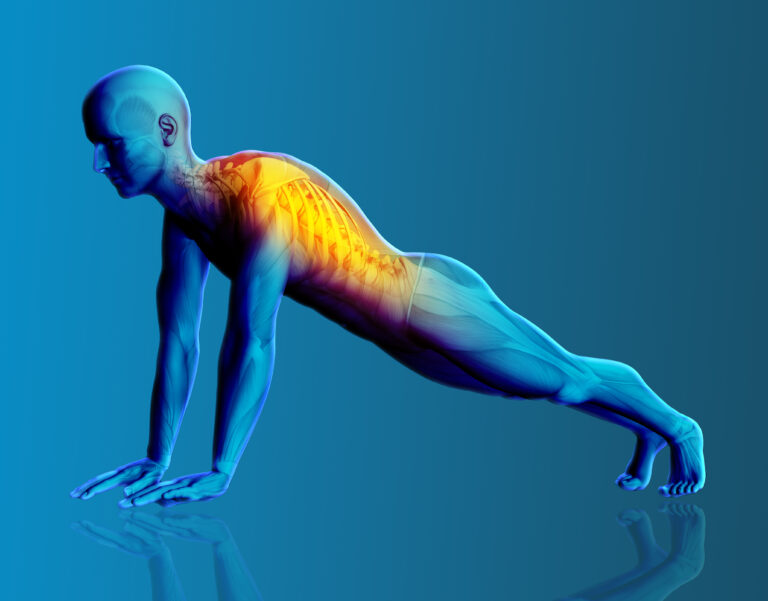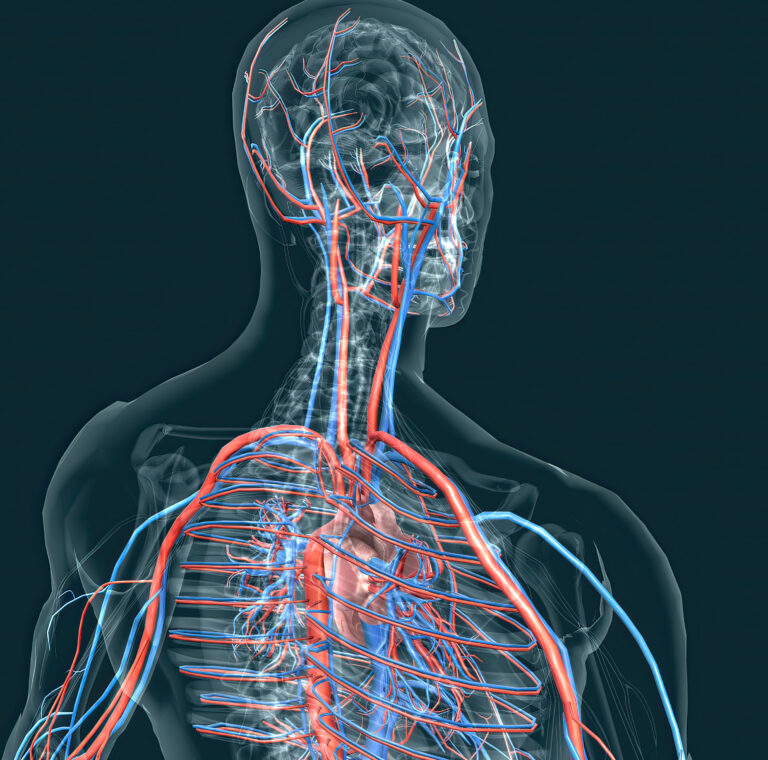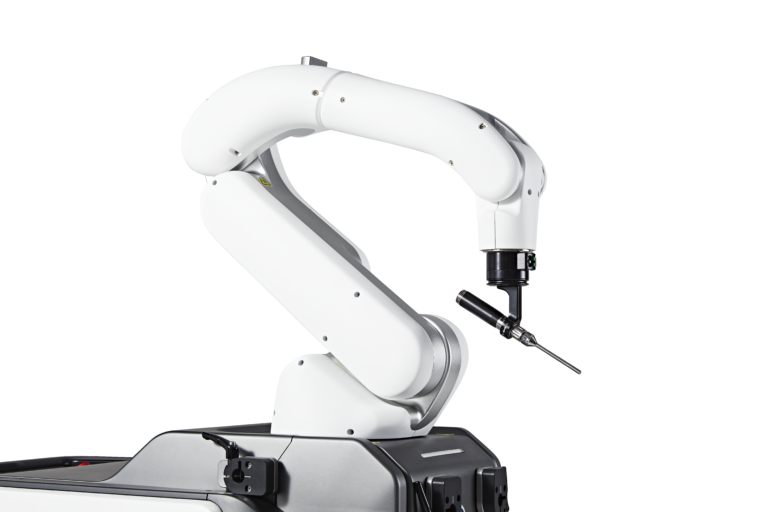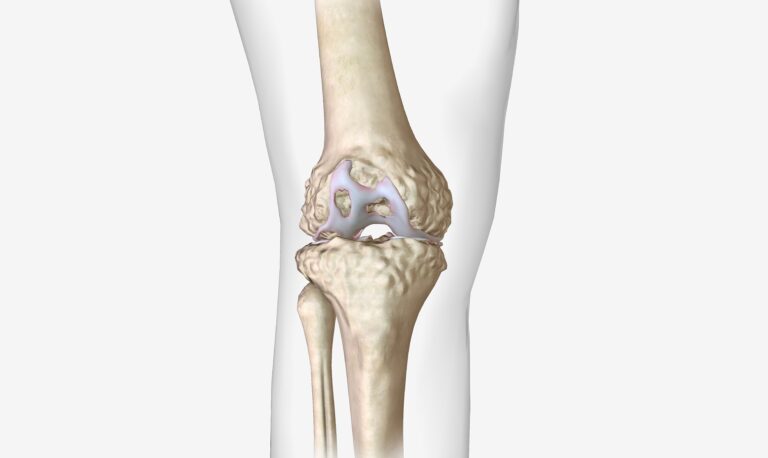Robotic hip replacement surgery provides advantages such as accuracy and quicker recovery time. However, pain and discomfort must be managed in order for recovery to go smoothly. Here are some important methods and tips:
Understanding Post-Surgical Pain
- Initial discomfort: Expect substantial discomfort right after surgery as the anesthesia wears off, which will decrease over the next several days.
- Swelling and inflammation: Normal swelling around the hip might be uncomfortable but is a natural part of the healing process.
Pain-Management Techniques
- Medications
- Painkillers: Follow your surgeon’s recommendations for prescription pain relievers.
- Anti-Inflammatories: Over-the-counter drugs such as ibuprofen can help relieve swelling.
- Nerve blocks are sometimes used soon after surgery to relieve discomfort.
- Ice Therapy: To minimize swelling and numb the surgical region, apply ice packs for 20 minutes multiple times each day.
- Leg Elevation: To minimize swelling, elevate your leg above heart level when resting.
Physical Therapy and Exercise
- Early Movement: Begin moving as soon as your surgeon allows to reduce stiffness and enhance circulation.
- Physical Therapy: Follow a physical therapist’s exercise regimen to strengthen hip muscles, increase flexibility, and promote recovery.
- Home Exercises: Continue with the prescribed exercises at home to maintain improvement and relieve discomfort.
Lifestyle Adjustments
- Balance Excessive rest and exercise should be avoided to minimize stiffness, as well as discomfort and edema.
- Assistive Devices: Use crutches, a walker, or a cane to ease pressure on the healing hip. Comfortable Seating: Choose chairs with firm, high seats and armrests to minimize straining your hips while sitting or standing.
Monitoring & Reporting
- Regular Check-Ups: Attend all follow-up appointments to monitor your healing and handle any concerns.
- Check for Complications: Keep an eye out for indications of infection (redness, swelling, warmth, or discharge at the surgical site) or blood clots (pain, swelling, or redness in the calf). If you observe any of these symptoms, contact your doctor immediately.
Alternative Pain Relief Methods
- Relaxation techniques: Deep breathing, meditation, and mindfulness can help manage pain by lowering tension and encouraging relaxation.
- Massage Therapy: A gentle massage around the hip, avoiding the incision site, can help reduce muscular tension and discomfort.
- Acupuncture: Acupuncture can trigger the body’s inherent pain-relieving processes.
Healthy Diet and Hydration
- Nutrition: To aid in healing, eat a well-balanced diet rich in nutrients. Include meals high in omega-3 fatty acids, such as fish and flaxseeds, which are anti-inflammatory.
- Hydration: Stay hydrated to help minimize inflammation and promote healing.
Conclusion
Managing pain and suffering following robotic hip replacement surgery necessitates the use of medicine, physical therapy, lifestyle changes, and alternative treatments. By following your surgeon’s instructions and taking proactive steps, you can improve your recovery and return to regular activities more easily and swiftly. Always speak freely with your healthcare provider about your pain levels and any concerns in order to promote a complete recovery.
Disclaimer: The information provided in this blog post is for general informational purposes only and should not be considered professional advice. Before making any health-related decisions, consult with a qualified healthcare professional. The content is not a substitute for medical advice, and individual results may vary. The author and website are not responsible for any consequences arising from the use of the information provided. Use your best judgment and seek professional advice when needed.




